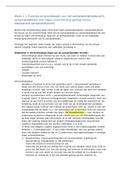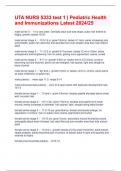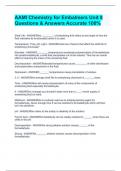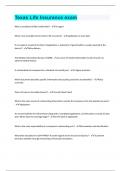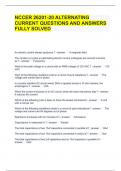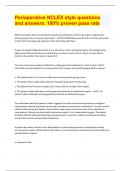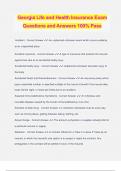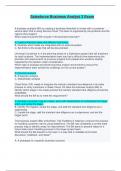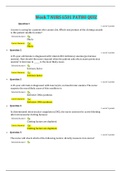Summary
Summary AQA Geography A-Level Revision Notes - Globalisation and Global Systems
- Module
- Globalisation
- Institution
- AQA
Comprehensive revision notes for the Globalisation and Global Systems AQA A-Level course. Includes all sub-chapters from the textbook alongside case study information. Used by individuals who all achieved top A-Level grades and are now studying at top Russell Group universities or Oxbridge.
[Show more]




